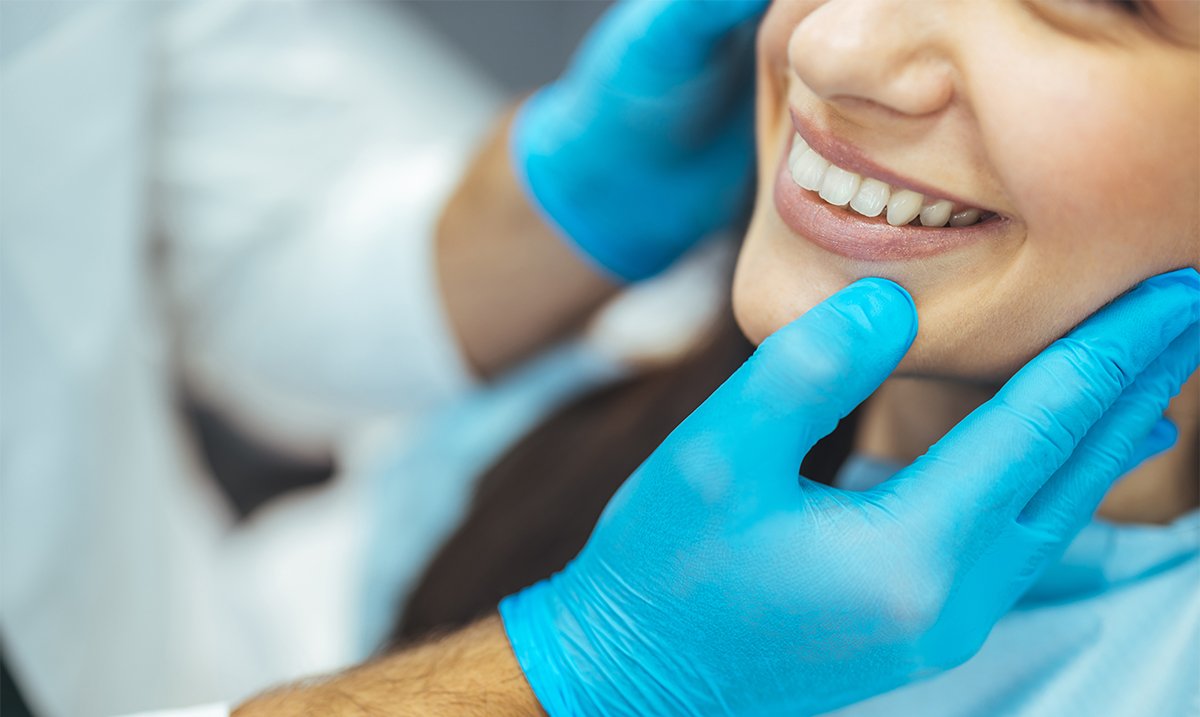5 Things an Orthodontist Will Tell You About Teeth Movement
An orthodontist is a special type of dentist who diagnoses, prevents, and treats several issues involving the teeth and face. They can treat various conditions, such as crowding, spacing, jaw misalignment, etc. These doctors are experts in tooth movement and can tell you quite a few things about it.
1. It’s Normal
Natural tooth movement is a lifelong process. Although external factors like trauma can impact tooth movement, there are several other factors that can cause your teeth to move. One of these factors is aging. According to the American Association of Orthodontists, teeth move as part of the natural aging process that your body experiences. Just like your hair, your skin, and your eyes change as you age, so does the bone around your teeth, which tends to cause some tooth movement.
2. Other Factors
Several other factors can make your teeth move. Grinding your teeth, gum disease, and other health issues related to your teeth or gums can also result in tooth movement. Another cause of tooth movement can be extractions. Sometimes, when a tooth is pulled, the other teeth around that spot move closer together because your body naturally wants to close the gap. Regular appointments with your general dentist as well as routine preventative care can often help to avoid or identify and treat these issues.
3. During Treatment
Consistency is critical to achieving and enjoying proper tooth alignment during and after treatment from an orthodontist. In order to get the beautiful, straight smile you are looking for, you will need to be sure to attend all of your scheduled orthodontic appointments in order for your teeth to become aligned as planned. It is also extremely important to avoid breaking your appliances, which causes the teeth to shift back to their original positions. As you can imagine, missed appointments and broken appliances only delay your journey toward the perfect smile, so it is important to follow instructions and stay consistent.
3. After Treatment
Many patients’ main goal when they head to the orthodontist is to achieve straight teeth and a beautiful smile. However, once treatment is complete and the appliances are removed, the teeth may attempt to return to their previous positions. As mentioned earlier, this is normal and is a part of the body’s natural aging process. To remedy this, your orthodontist will recommend that you wear a retainer after your teeth are straight and orthodontic appliances are removed. With diligent wear and proper care of your retainers, you will be able to maintain your beautiful new smile.
5. Dental Hygiene
Proper oral hygiene can also prevent some causes of tooth movement. During orthodontic treatment, is recommended that you brush and floss after every meal and snack, when possible, to combat the additional plaque buildup that can be caused by food becoming stuck in the orthodontic appliances. Once your orthodontic treatment is completed, make sure to brush your teeth at least twice a day and floss daily. Remember to brush your gums using gentle circular motions. Keeping up with healthy, clean teeth and gums can help prevent gum disease that results in bone loss, which is one of the causes of tooth movement.
Although tooth movement can be completely normal, some issues like spacing and crowding need correction to ensure you can easily clean your teeth and have self-confidence when you smile. Orthodontists can treat issues such as these and don’t usually need a referral to get started. Contact us to schedule an appointment today.

